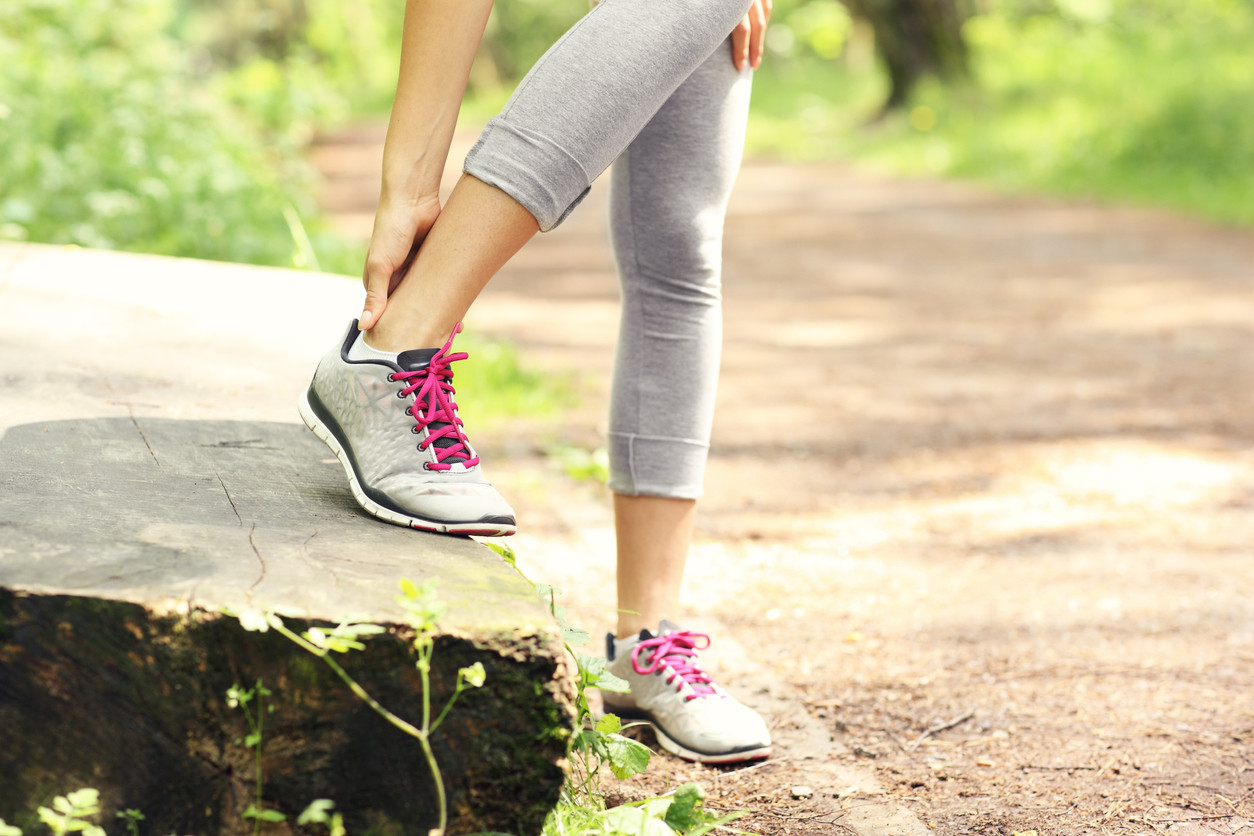Heel Spurs: Causes and PT-Approved Exercises for Pain Relief
Is your heel killing you? Learn more about heel spurs, including what causes them and how to treat them, according to physical therapists.
$0 cost to you
Published Date: Jul 4, 2024
Table of Contents
Tap into pain relief. Anytime, anywhere with our app.
Get exercises from a licensed physical therapist and more to relieve your pain. All right from your phone. At $0 cost to you.
Start your app tourExercises to Relieve Heel Spurs
Want expert care? Check if you're covered for our free program →- Standing Calf Stretch
- Calf Raises
- Arch Raises
- Towel Scrunches
